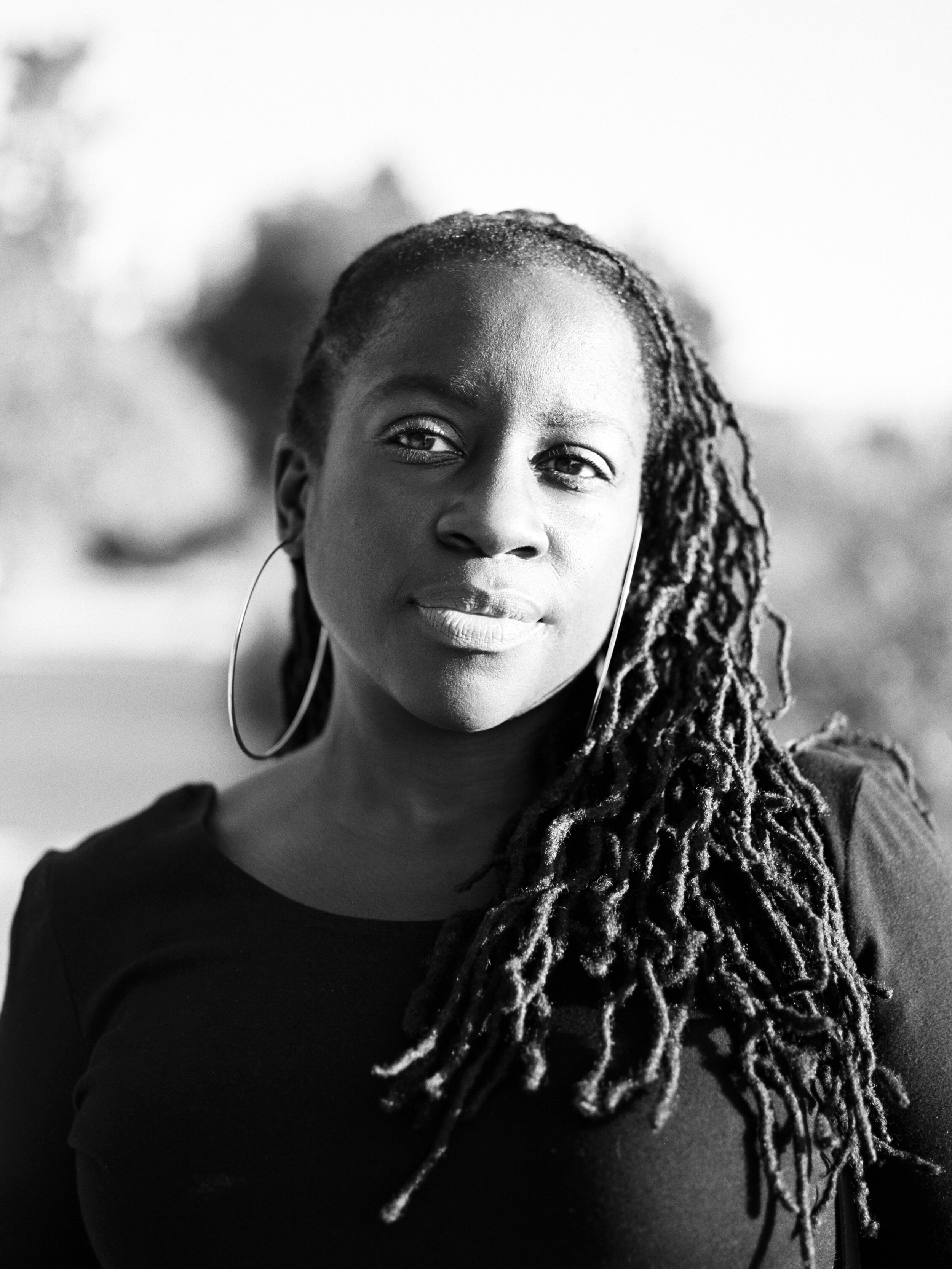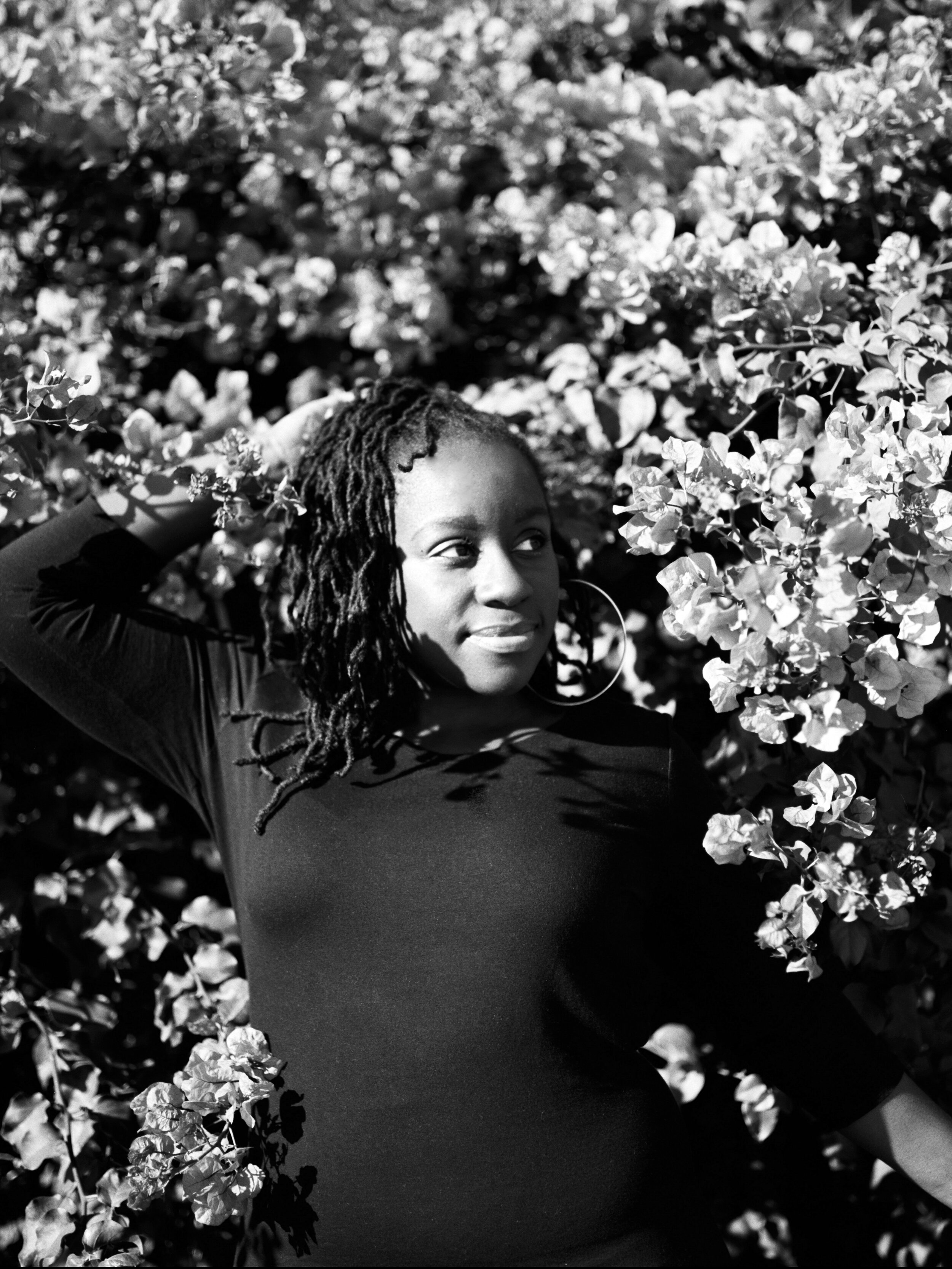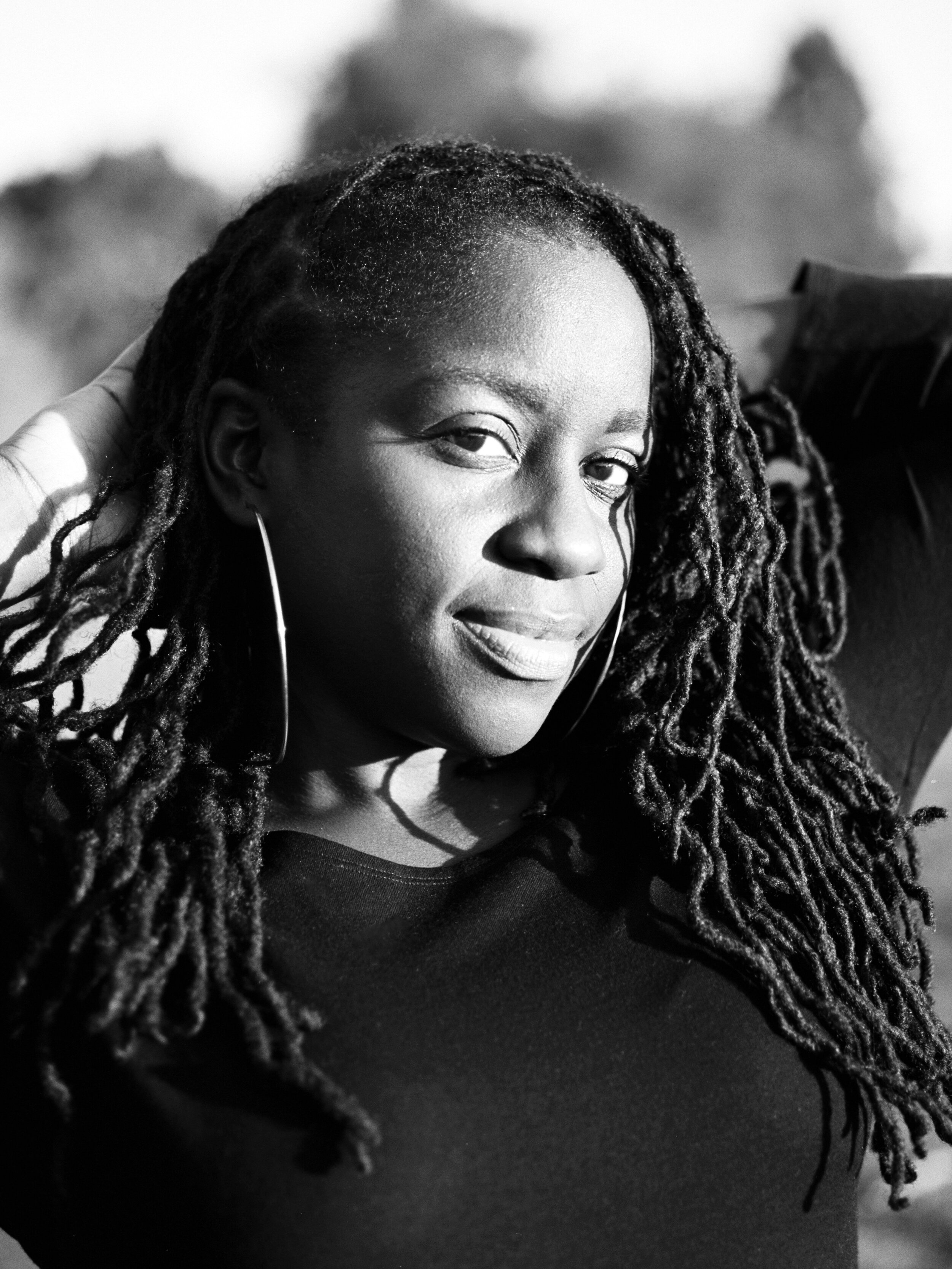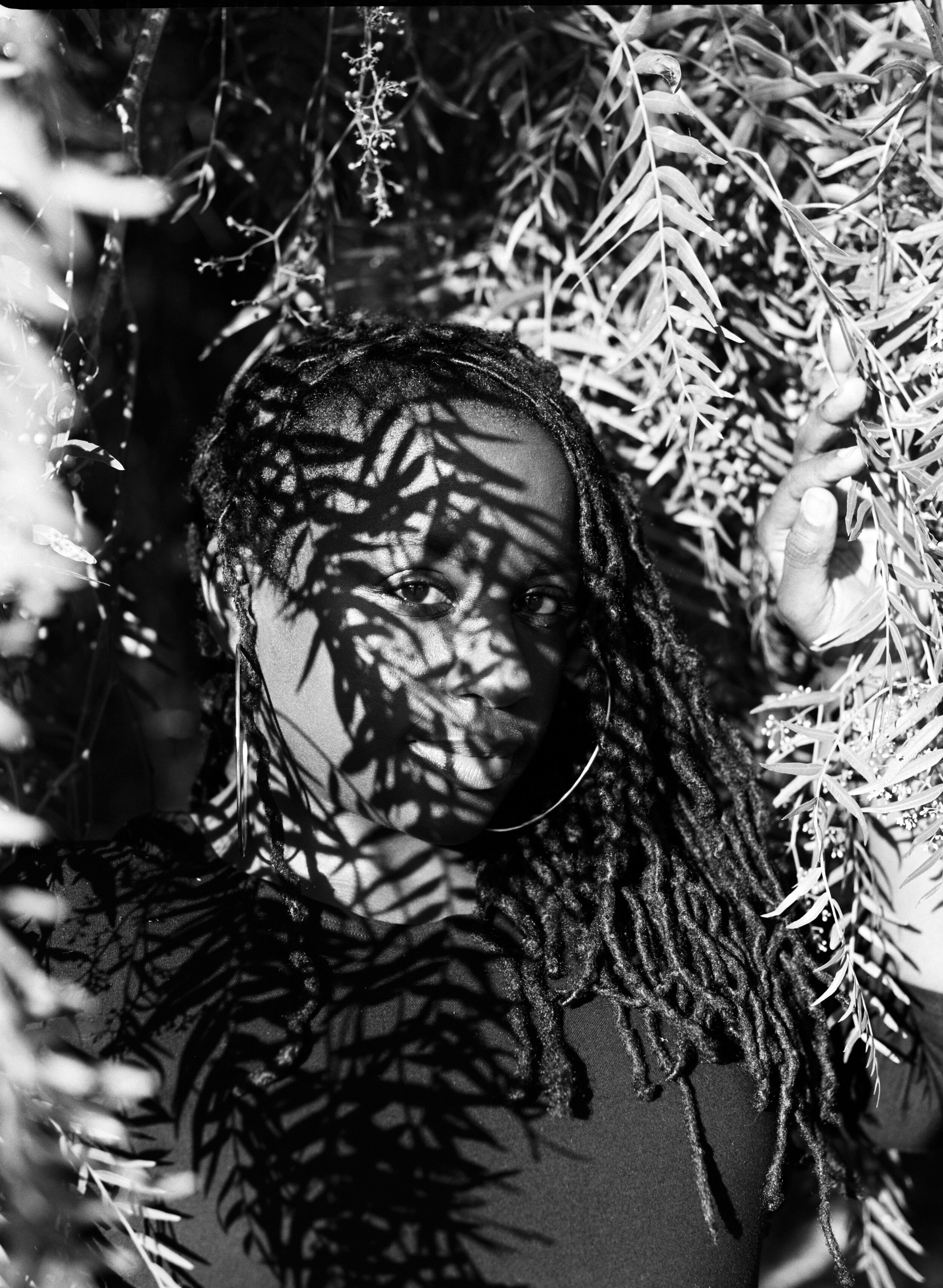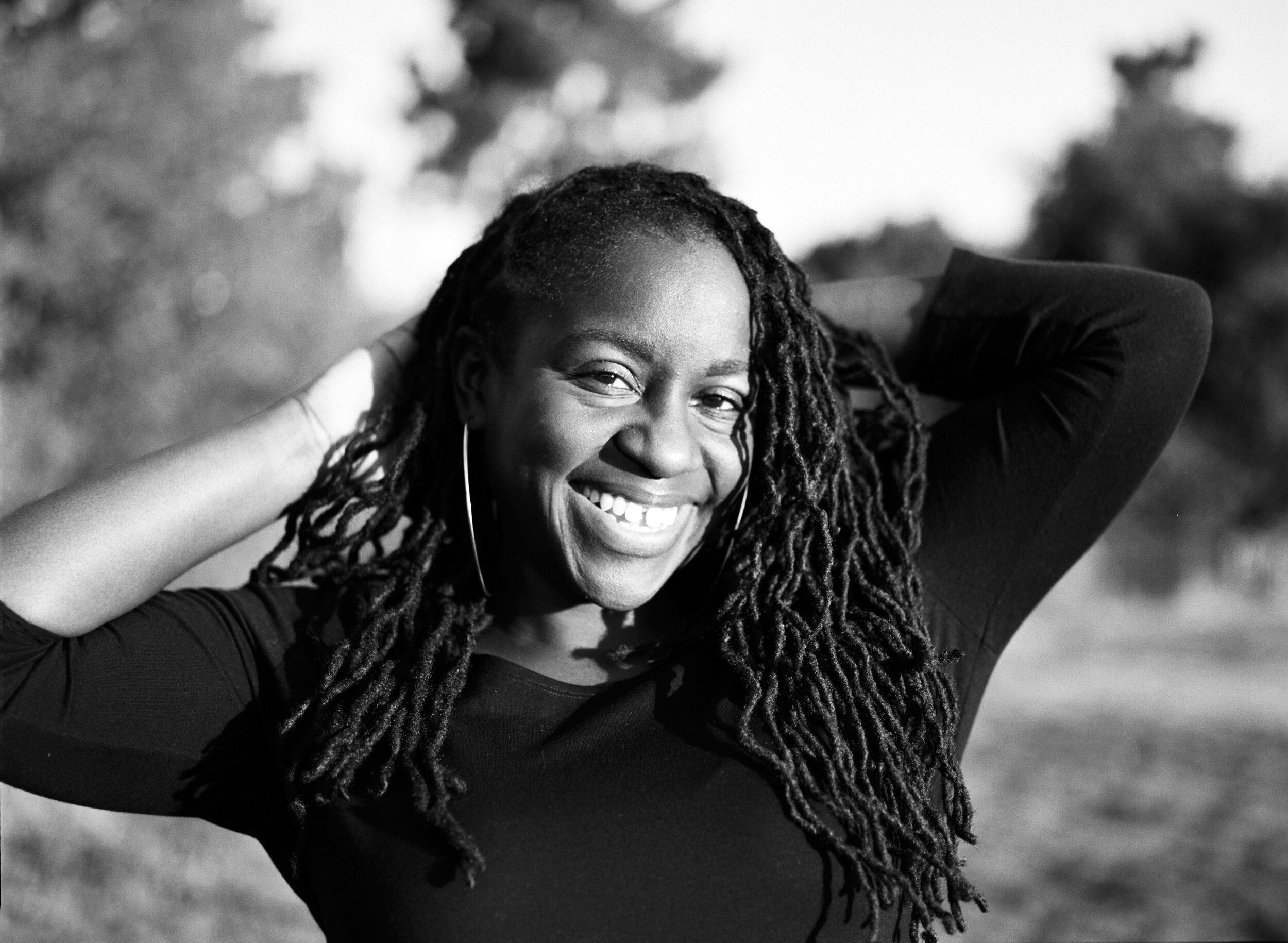Continuing with our commitment to share exciting film photography content, we’re back with another film stock review! This time with a fan favorite and international best-seller, Kodak Tri-X 400 and Kodak Tri-X 320!
Background and history:
Kodak Tri-X 400 was Introduced in 1954 as a 35mm panchromatic black and white film, and was primarily used by photojournalists and reporters. Tri-X 400 was one of Kodak's first high-speed black and white films, and has remained a favorite since those earlier days. Tri-X was additionally launched in 120 film in the 1950’s, and eventually went on to be offered in various other sizes including 620 and 220 roll film.
Another Tri-X emulsion available today is Tri-X 320, aka 320TXP. This stock is now only available in sheet film sizes, regularly offered as a standard product for 4x5, 5x7, and 8x10 sheet film sizes. 320TXP is available as a special order film for various panoramic large format sizes, and standard large format and ultra large format sizing up through 20x24 inch film!
What’s available today?
Kodak Tri-X 400 is available today in 35mm (24 or 36 exposure rolls), 120 roll film, and 620 roll film as a special re-rolled product. These formats are available from most retailers. Kodak Tri-X 320 is available in 4x5, 5x7, and 8x10 sheet film sizes. It’s available on a custom order basis in 11x14, 16x20, 20x24, 4x10, 7x17, 12x20, etc. through Keith Canham of K.B. Canham Cameras. Keith is a wonderful resource to the large format community, and we strongly recommend working with him for all your custom Kodak film needs. You can reach Keith directly here: kodakfilm@canhamcameras.com
Have a look at several sample scans showing off both Kodak Tri-X 400 and Tri-X 320 in 35mm, 4x5, and 8x10 sizes! Info on above images: Pentax 645N, 75mm lens, Kodak Tri-X 400 rated at 400 and developed normal (N) in Kodak XTOL. © Chris Bartolucci
Ebony SW810 field camera, 300mm lens, Kodak 320 TXP 8x10 film metered at ISO 200 and developed normal (N). © AJ Holmes
Pentax 645N, 75mm lens, Kodak Tri-X 400 rated at 400 and developed normal (N) in Kodak XTOL. © Chris Bartolucci
Pentax 645N, 75mm lens, Kodak Tri-X 400 rated at 400 and developed normal (N) in Kodak XTOL. © Chris Bartolucci
Chamonix 4x5 H-1, 210mm lens, Kodak 320 TXP 4x5 film metered at ISO 200 and developed normal (N). © AJ Holmes
Chamonix 4x5 H-1, 210mm lens, Kodak 320 TXP 4x5 film metered at ISO 200 and developed normal (N). © AJ Holmes
Pentax 645N, 75mm lens, Kodak Tri-X 400 rated at 400 and developed normal (N) in Kodak XTOL. © Chris Bartolucci
Left: Ebony SW810 field camera, 300mm lens, Kodak 320 TXP 8x10 film metered at ISO 200 and developed normal (N). © AJ Holmes
Right: Ebony SW810 field camera, 165mm lens, Kodak 320 TXP 8x10 film metered at ISO 200 and developed normal (N). © AJ Holmes
Ebony SW810 field camera, 300mm lens, Kodak 320 TXP 8x10 film metered at ISO 200 and developed normal (N). © AJ Holmes
Interested in learning more about the Negative Supply film scanning tools that brought these images to life? You can learn more by visiting the product pages listed below!
Thanks for tuning in, and check back next week for our next exciting blog post!

